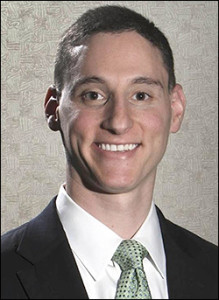By Jim Ellis
 Feb. 6, 2019 — The Emerson College Polling Institute and Monmouth University just released two presidential polls, the former of Iowa voters, the latter, a national study.
Feb. 6, 2019 — The Emerson College Polling Institute and Monmouth University just released two presidential polls, the former of Iowa voters, the latter, a national study.
The Emerson poll (Jan. 30-Feb. 2; 831 registered Iowa voters, 260 likely Iowa Democratic caucus attenders) finds former Vice President Joe Biden leading Sens. Kamala Harris (D-CA) and Bernie Sanders (I-D/VT), 29-18-15 percent, while Sen. Elizabeth Warren (D-MA) posts 11% support.
The other candidates land in single digits: ex-Rep. Beto O’Rourke (D-TX) at six percent; Sens. Cory Booker (D-NJ) and Sherrod Brown (D-OH) both with four percent; Sen. Amy Klobuchar (D-MN) has three percent; while former HUD Secretary Julian Castro posts two percent, and ex-Rep. John Delaney (D-MD) each register one percent support.
The results are consistent with previous polls conducted of the Iowa Caucus sampling universe even though the Democratic sample in this survey is very low.
During the period of Jan. 25-27, Monmouth University tested a national sample of 735 registered US voters from a pool of 805 adults to determine perceptions mostly of the Democratic candidates, but also queried the aggregate respondent universe about President Trump.






